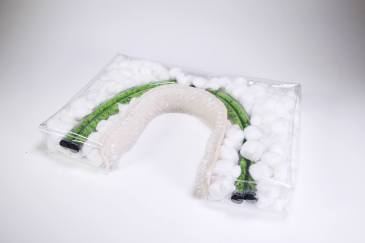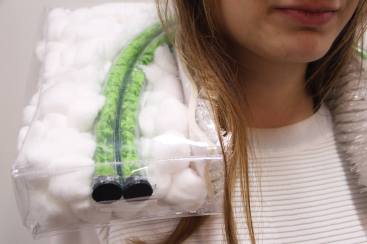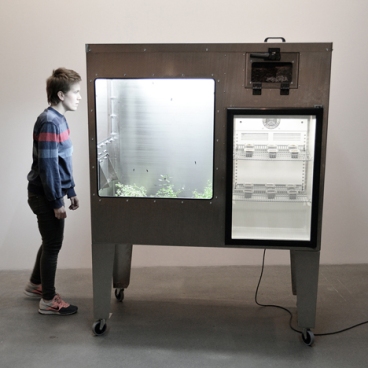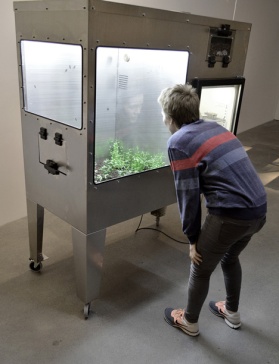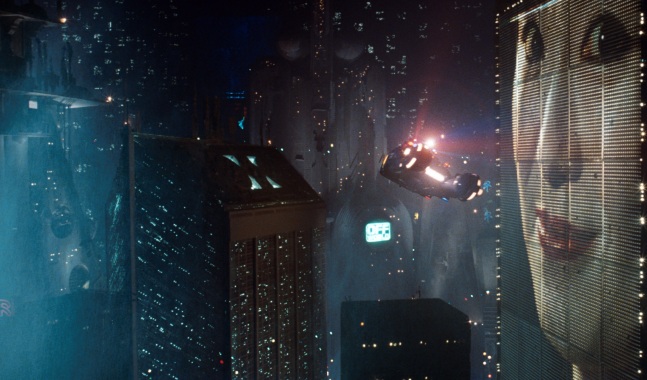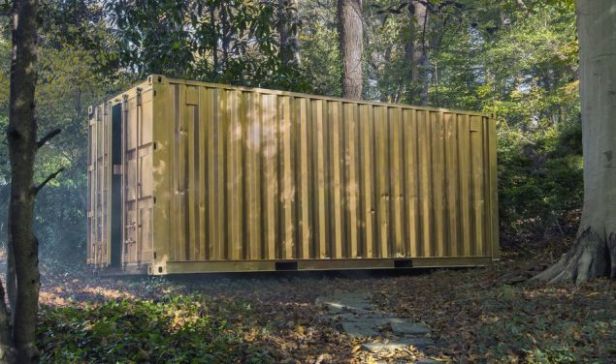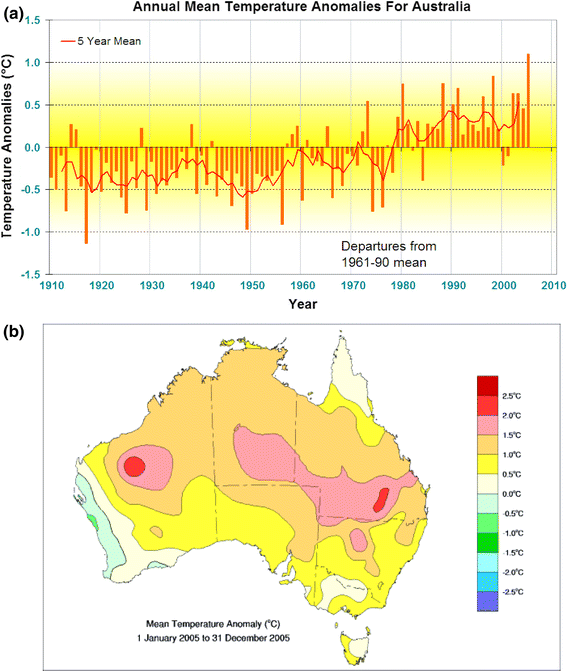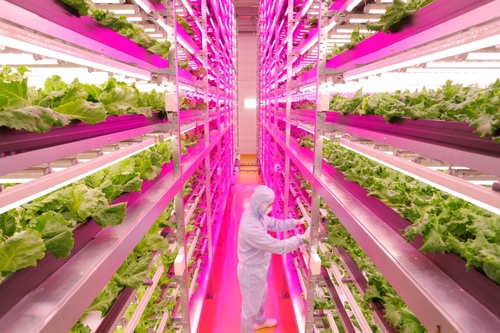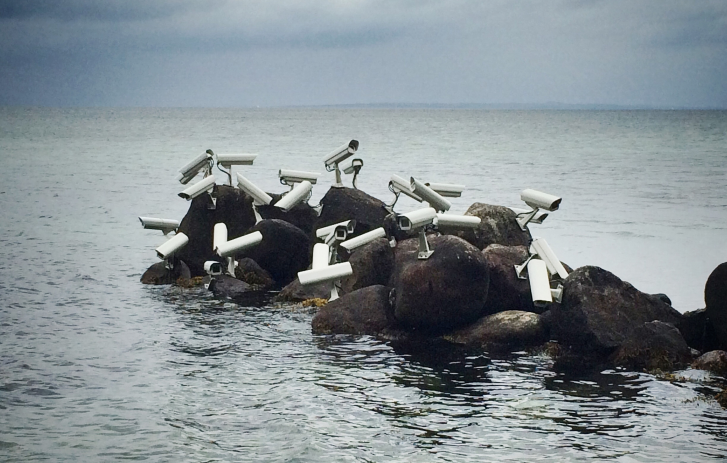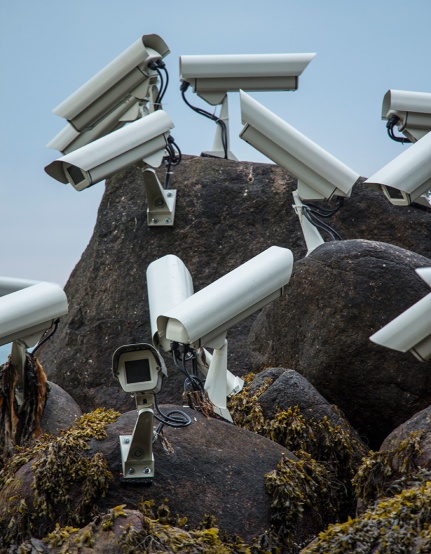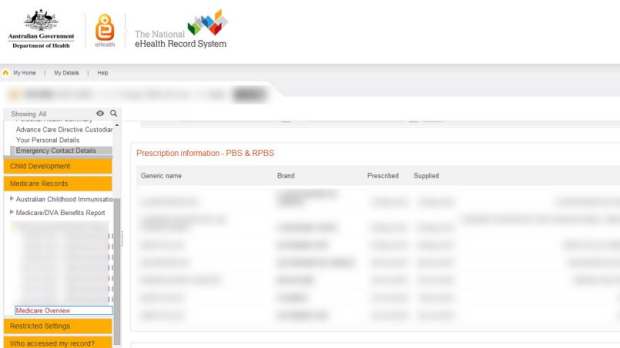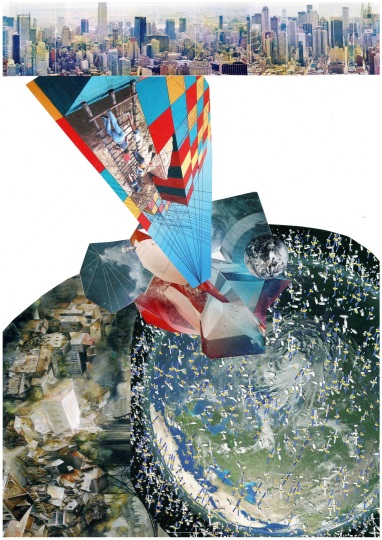“Sustainable architecture isn’t a prescription. It’s an approach, an attitude. It shouldn’t really even have a label. It should just be architecture.” (Maxman 2001)
As part of my primary research, I conducted an interview with architect student Shayan Athari who currently study’s at the University of Sydney Technology. Shayan offers an insight into his thoughts and opinions on the concepts of technology and the environment, and its impact on the architecture world. Technology has become a significant impact on our daily lives, as it has become a routine to involve some sort of interaction or use with technology. Shayan deepens into this concept revealing his perception of the unnecessary use of technology in architecture, as he believes advanced technology is not a necessity in the design process to express inspiration and the experimental process of architectural designs. “Computer technology only helps me realise my vision, I don’t use it as an actual vehicle to drive it.” I found his particular statement fascinating since students at UTS receive the education and have the availability of technological to enhance the aesthetics of their designs especially in architecture. Nevertheless Shayan expresses his creativity through traditional practices, which I find highly intriguing.
The rapid growth of technological advancements has negatively effected the environment through certain ways such as waste energy, consumption of non-renewable resources to make technology and disrupting ecology. However, Shayan exposes a positive outlook on technology use and its methods of improving environmental issues, specifically focusing on global warming. It is highlighted by researcher Christine Pasquire, “These challenges appear in the areas of ‘environment considerations’, ‘innovations in technology’, ‘planning and policy issues’, ‘social requirements’, ‘political forces’ and ‘economic considerations’. To respond to these macro level challenges, buildings need to change in terms of the ‘function’ they house, the ‘capacity’ to achieve the performance required for the population they hold and the ‘flow’ of reacting to internal and external environmental forces.” (Pasquire 2013) Shayan emphasises on this idea of buildings responding to environmental issues where architectural designs would result with an effective outcome to the aesthetic design and users of the building and to the environment. To gain a deeper insight, the innovative strategy of rooftop gardening was specifically questioned to understand Shayan’s thoughts of integrating this system into architectural designs. Shayan further establishes the concept of effectiveness and the reduction of wasting resources, as well as an aesthetically pleasing design would create a future of sustainability in the architecture world. As he emphasises, “There must be a balance!”
It was found in the Journal, ‘Adapting buildings’, Pasquire also proclaims the same idea Shayan expresses, “A recent consideration has been given to identify how the new building stock could be adapted to face the 21st century challenges, which requires an understanding of the extent of changes required to the existing building stock and the lessons learnt for designing buildings to be sustainable in the future.” (Pasquire 2013)
Shayan’s perspective of architectural design integrated with a sustainable approach to prevent current environment and technology concerns from increase, interesting and exciting. Approaching a primary research by interviewing a design student revealed a distinctive view through in depth explanations and examples in relation to the design field, architecture.
Transcript: Interview with Architect Student Shayan Athari
So why did you choose architecture? Tell me your story
In high school I took engineering as an elective and I pretty much failed. Doing model making in the subject seemed interesting but the mathematics side just literally killed me. Oh I was terrible at math’s, but the design part I particularly enjoyed. This is why I decided to study architecture, I want to be as big as Frank Lloyd Wright!
What form of identity or aesthetic have you built as an architect student?
I’m still finding my way, so I don’t actually have an aesthetic. But the style I like is Japanese minimalist architecture such as Sou Fujimoto, I like his type of designs. I basically only like the Japanese aesthetic, the simplicity of it. For example the concept of blurriness in Japanese architecture is pretty fascinating. This type of concept involves the design aspect of how they create spaces in the idea of…how do I explain. For example imagine a room filled with tiny columns and you can’t see ahead of you because there are too many tiny columns, which creates that blurriness, the congestion of objects.
So Japanese architecture would clearly be your inspiration in most of your architectural designs
Yeah minimalism and simplicity is what I think that balances and creates a distinct architectural design outcome.
How do you envision yourself as a designer in the next 10 years?
I don’t know to be honest. I would like to be an independent architecture you know doin’ my own thang, running my own thang, engineers doing my own thang hahaha But I would like to be in Japan. But I don’t think I would reach the level of current Japanese architects because I have never studied there. But I would love to study in Japan increasing my knowledge and skill about Japanese architecture.
There are recent studies that technology advancement is a threat and has disturbed society’s lifestyle. Has the rapid growth of technology effected your design practice negatively?
Not really, when I started architecture I always used pencil and paper its like my own ‘thang’. I take my journal with me, pretty much everywhere I go and just sketch things all the time. I still use the computer it enhances augmentation. But I think that some people use it too much, for example they use algorithms to generate forms, which I dislike.
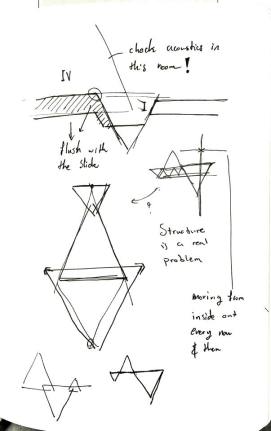
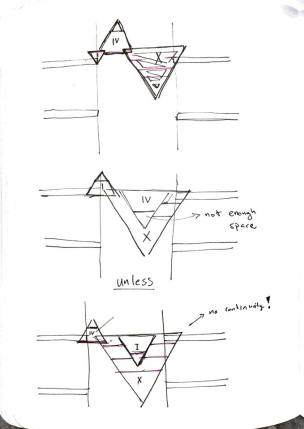
Has computer technology helped shape your design field and why?
Not really, it hasn’t because I usually take inspiration from designers such as Frank Lloyd Wright, Sou Fujimoto, Kenzo Tenge, and Kisho Kurokawa. Computer technology only helps me realise my vision, I don’t use it as an actual vehicle to drive it.
Do you prefer using computer technology during your design process or do you still draw on paper?
No, pencil and paper at all times. Sometimes it feels more free! You can sketch what you want. There are no restrictions. Using a computer feels like you can only enter certain commands.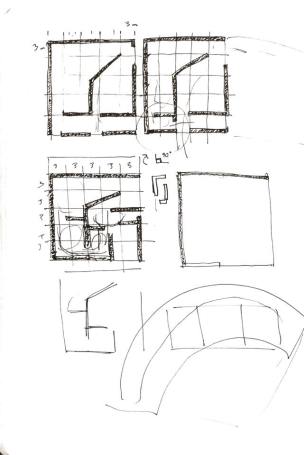
In the next 50 years do you think the artificial will replace natural aspects of society? If so, how would this change the way you approach your design process and present ideas?
No I don’t think so, I mean even if it does happen it will but its up to us if that can happen later in the future. Humans have chosen the Internet to replace human interaction, it’s really up to us. It would certainly impact the way I design, I place a lot of emphasis on design, it would impact me on a personal and professional level. The thing is I would be the last person who would go against the idea of technology replacing certain ways of approaching the design process. But if it does take over I would still do my own thing, head strong, still carry my journal around and sketch as much as I like, and produce designs using pencil and paper with patriotic music playing in the background and that’s it hahaha im not giving up…
How can architecture participate in acting sustainable to improve environmental concerns and develop a better future?
First of all, Jesus Christ man the concept of orientation is the most important aspect of architecture, so make sure you orientate your building carefully. Every building has to have the smart use of materials. Its not suppose to look ‘cool’, it needs to be recyclable. There are buildings in Japan that get torn down and recycled even though they are known to be important buildings. Another important thing is materiality and the context of the built environment. You have to take note of these two aspects before making any design decisions, because once you do consider those aspects then you can make informed decisions on how your building will react to its context and how its context reacts to the building.
How would you as a designer approach sustainability in your design practice in 10 years time?
I don’t know to be honest, the thing is climate change is a big factor, the planet is warming up so whatever we build even in a few years time, it has to account to that and respond to that in a very direct way. Climate change is such a big factor it changes our lives in general. I currently work in a nursing home and there is a lot of food waste, maybe architecture can help minimize the issue of food waste. Because you cook food and there is a lot of energy used, which also turns into waste energy, so I think there should be systems implanted to reduce food waste, energy waste and the effect of climate change somehow. The simple way of doing this like I said is orientation and the colour of the materials. Painting a building using darker colours will absorb too much heat from the sun. Although a climate where it is cold would be fine like Norway, however in Australia a black building wouldn’t make sense. I think we need to take that aspect of liking dark buildings out of our dictionary and respond more sustainably.
One of the main issues I have come across during my research is the issue of agricultural strategies disturbed by the increase of global warming. Farmers are finding it difficult to adapt to the effects of climate change, thus a preparation of innovative strategies have commenced to avoid the possibility of food shortage in the future. One of these agricultural strategies include rooftop gardening. What is your opinion about this innovation integrated into the architectural design such as the building at One Central Park on Broadway?
It works in central park because it looks ‘cool’, it doesn’t involve the act of people, they don’t climb and get food from it. But if an actual building provides food in that manner such as an office or apartment building it would have to be effective, this would include effective methods of farming the food within that building as well as an effective office building in general. If you can’t do both perfectly well then you shouldn’t do it, you wouldn’t result with a good building or farming strategy. So you would be wasting resources on both.
What is your prediction on the style of architecture in the future since rooftop gardening is beginning to take part in architectural design?
Hmmm.. I think it would be awesome, I really like that idea of rooftop gardening but only if its 100% effective and very sustainable and productive. It shouldn’t waste more food that what is happening now. It needs to be perfectly balanced. My prediction is that aesthetically it will look minimalist. In terms of performance it would be to a very high standard responding to the environment in a very structured manner. In the future we would have the calculation of food waste and would be able to respond to the issues more effectively through the design of architecture. But yeah aesthetically, minimalism would be my prediction of architectural forms.
REFERENCES:
Guy S. & Farmer G. 2001, ‘Reinterpreting Sustainable Architecture: The Place of Technology’, Journal of Architectural Education, vol. 54, viewed 29th October 2015, <http://www.tandfonline.com.ezproxy.lib.uts.edu.au/doi/pdf/10.1162/10464880152632451>
Manewa A. & Pasquire C. 2013, Adapting Buildings: Striving Towards a Sustainable Future, online article, viewed 29th October 2015, <http://global-cities.info/wp-content/uploads/2013/11/Adaptable-Buildings-Striving-Towards-a-Sustainable-Future1.pdf>
